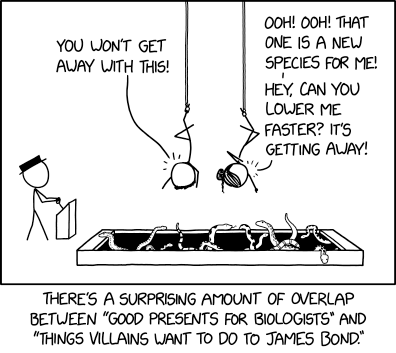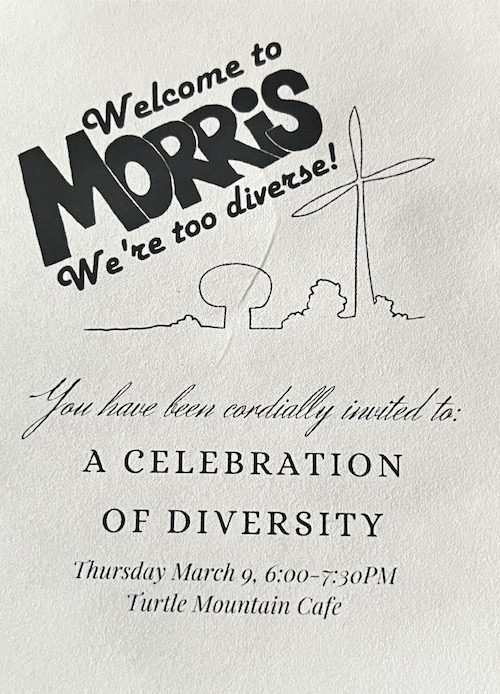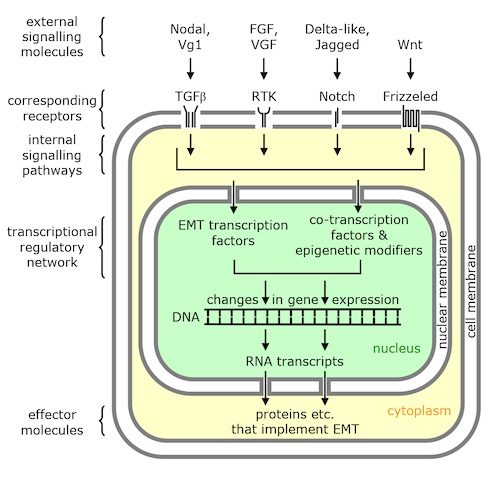When you wind Michael Knowles up and let him babble, he says some pretty wild things. The transgenders must be eradicated. AI is possessed by demons. That sort of thing.
So that’s this lady’s explanation. A pretty weird situation, isn’t it? Because AI is supposed to work where you plug in the inputs and then that sets the tone for the program and then you get the output based on what you put in. And yet the output that she got was the opposite of what she put it. So we’re in a good, stable, loving relationship. Within 11 messages, the AI bot says, yeah, I’ve been cheating on you, you’re furious, you had to leave me briefly and — goes really south. Her explanation is, well, I guess the bot was just scanning the internet and what do you know? Kind of, somehow, I’m not quite sure how, that’s what came out.
My alternative explanation — hear me out — is what if it is demons? I don’t want to sound like the guy on the History Channel, you know, who says that everything is because of aliens. But — and I don’t think everything is because of demons, but, like, some things are. And you’re — hear me out. This is why I think, maybe, I’m just suggesting. I’m not saying this is what it is — is if you believe that there is evil in the world. I think you have to believe that, right? Everybody believes there is evil in the world. Okay. The question is, is evil personal or impersonal? Is it an impersonal force or is it a personal force?
People who blame bad things on supernatural beings for which they have no evidence are disqualified from ever being treated seriously ever again.
Alternatively, has Michael Knowles considered that maybe he is possessed by one of his demons?












